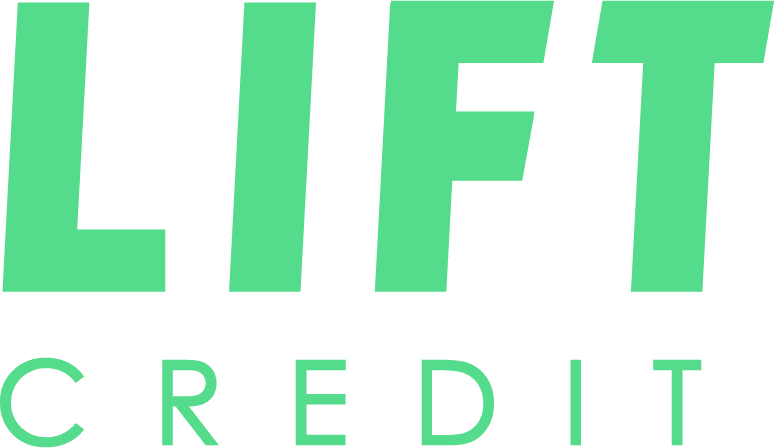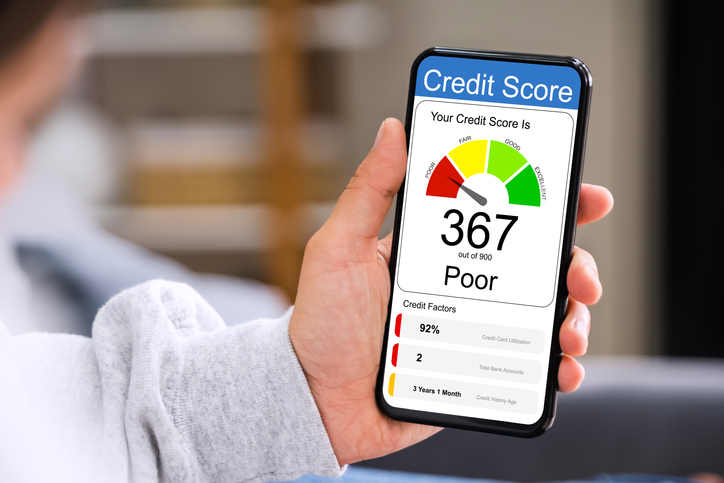Here at LIFT Credit, we think everyone should have access to information on becoming financially independent. The first step is creating a budget; a budget not only shows you a clear picture of where your hard-earned cash is being spent, but it can also help you start saving money. We’ll tell you how.
Creating a Budget
1. Analyze Your Spending Habits
Before creating a budget, it’s important to take a hard look at what you are already spending each month. Without knowing exactly where your money is going, it’s easy to budget far too little and derail from your plan.
Online tools like mint.com or personalcapital.com take the guesswork out of it; they keep track of your spending and can help you budget realistic amounts in each category. They will also help you determine where cuts can be made.
Once you set up an account, you can go through your previous months of spending and assign categories to each purchase. With this insight, you’ll be able to create a customized budget, and it’ll update according to what you spend within your financial institution. You will have to enter any purchases made using cash.
If an online tool doesn’t sound like your style, check out user-created budgeting spreadsheets, or create your own. Many software programs (Numbers on Mac, or Excel) have budget templates you can use and tweak to your needs. Pen and paper always works, too.
2. Figure Your Monthly Take Home Pay
Budgeting for four weeks instead of a full month will allow you to be prepared for shorter months (specifically, February).
If you’re paid weekly, calculate your “monthly income” using four paychecks, and bi-weekly using two paychecks. If you’re paid bi-monthly, grab your pay stub and calculate your take-home pay for 10 workdays, then multiply by two.
You are essentially calculating a year to be shorter than 52 weeks – which should allow you a little “bonus” money in your budget at the end of the year. It’s safer to budget slightly less than you may actually have.
If your income fluctuates, work from worst-case or lower-than-average monthly scenarios. Any money left over from prosperous months should be allowed to remain in your checking account as a buffer.
3. List Your Mandatory Expenses
These are costs that can’t be cut. This includes spending related to safety and survival, as well as any contractual agreements:
- House Payment or Rent
- Home/Auto insurance
- Electric, natural gas, water/sewer
- Car Payment
- Transportation (Fuel or Public Transit)
- Groceries
- School Debt
- Healthcare/Prescriptions
Don’t forget to include diapers, formula, or clothing if you have babies or small children. Those little people grow out of their clothing very quickly.
4. Create an Emergency Fund
It’s crucial to have some money set aside for emergencies. You can never predict when a tire will blow out or someone breaks a bone – events that are costly enough to throw your entire budget out the window.
The ideal amount to put away will vary for each household, but 3 to 6 months of expenses is typically recommended. If your job situation is uncertain, it’s best to have a larger sum, such as 9 to 12 months. At the very least, $1,000 should be set aside until you can afford to put away more.
Once established, your emergency fund should only be tapped into for unplanned expenses, and replenished as quickly as possible once you’re back on your feet.
5. Determine Your Goals and Start Saving
Whether your goal is going to college, paying off debt, saving for retirement or purchasing a house, set some money aside each month as part of your monthly budget to help you achieve it.
If college is your immediate goal, plan on saving for college before saving for retirement. (Also, be sure to consider whether the cost of the degree you pursue will allow you to obtain a career that is both financially and non-financially rewarding.)
6. Discretionary spending is the left over money that can be budgeted after you’ve paid mandatory costs and put away savings for your goals.
They are expenses that could be cut if necessary: shopping, travel, hobbies, cable, coffee, dining out, entertainment, and so on.
If your Mandatory Expenses, Emergency Fund, and Goal eat up your entire month’s budget, the items in discretionary spending should be the first to go.
If it’s unrealistic to cut a category completely – perhaps restaurant dining – cut it by 25%-50% each month until it’s at a level that allows you to still put money where it’s needed.
7. Watch Where Your Money Goes
With the rampant use of debit and credit cards instead of cash and checks, “balancing your checkbook” has morphed into “checking your balance online.” While convenient, it definitely has its drawbacks. If you’re using both cash and cards, it can be tricky to keep a running total of how much you have and where you are spending it. Monitor your accounts at least a couple times a week. This is where those online tools really come in handy; they automatically track your card spending, and you can manually enter your cash spending to keep it all in one place.
The envelope system is also a great way of keeping your spending under control – determine a specific amount you’d like to spend in a certain category (one you typically overspend in would be great to start with, like dining out), and put that amount in cash in an envelope. So if you’re dining out, you can only use the cash in the envelope, and once it’s gone, no more cheeseburgers until next month. If you didn’t use all the money, leave it in there for the next month. If you aren’t consistently spending the whole amount, you can allocate the money elsewhere, or start saving it.
8. Managing Debt
Check the APR (Annual Percentage Rate) on your credit cards, auto and home loans. Refinance to get a lower rate if necessary. The recommended way to pay off debt is to pay off loans with the highest interest rates first.
In emergency situations where you don’t have any savings and you need to take out a personal loan, be sure to check for hidden fees, interest rates, and early repayment penalties. These can end up being a large bulk of what you pay back.
Tell us some of your greatest budgeting tricks, and how a budget has helped you get your finances in order.









